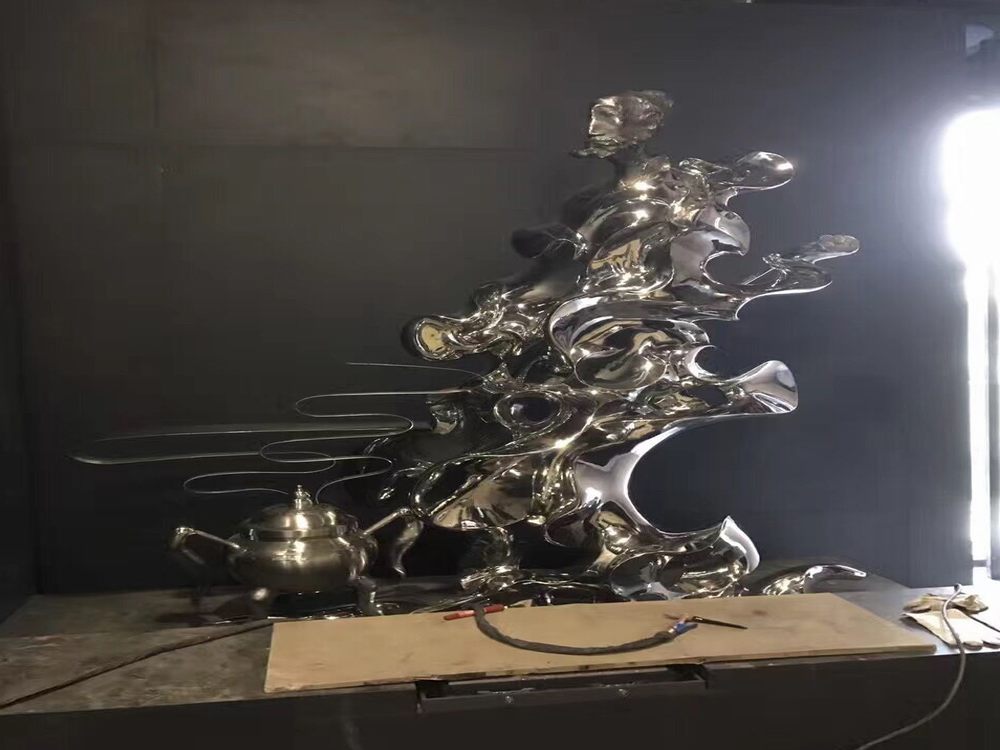
Porcelain sculptures uniquely capture the passage of time through intentional design elements that evoke decay and transformation. Artists employ techniques like controlled cracking (known as "crazing"), uneven glazing, or embedded metallic oxides to simulate natural aging processes. Some create fractured forms mimicking archaeological fragments, while others use translucent layering to suggest gradual erosion.
Contemporary ceramicists often incorporate actual temporal processes—burying pieces for patination, exposing them to weather, or designing interactive works that change with handling. The juxtaposition of porcelain’s eternal whiteness with deliberate imperfections creates powerful metaphors about mortality and preservation.
Traditional methods like "yūgen" in Japanese ceramics celebrate accidental kiln effects, while Western artists like Edmund de Waal use serial arrangements to imply chronological progression. This artistic dialogue between permanence and fragility makes porcelain an ideal medium for meditations on time’s passage.

